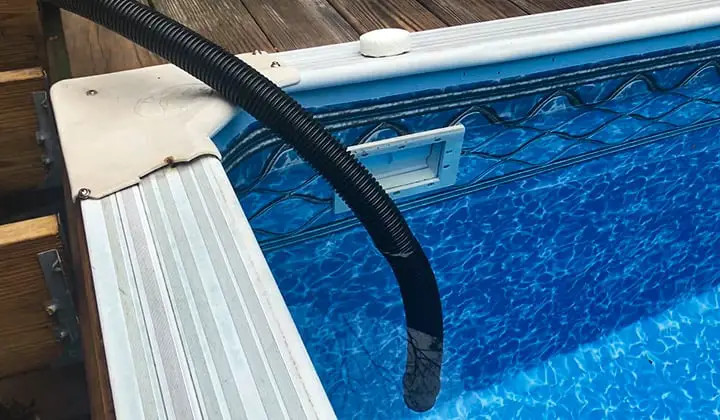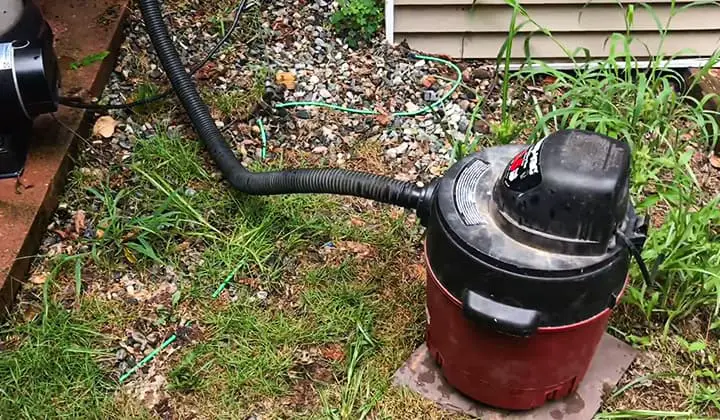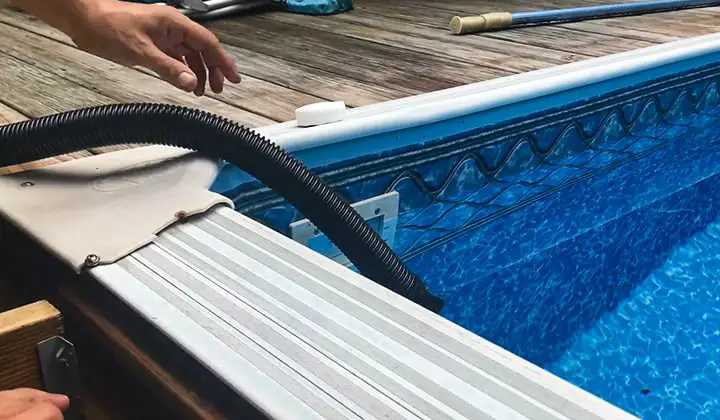I love creating free content full of tips for my readers, you. I don't accept paid sponsorships, my opinion is my own, but if you find my recommendations helpful and you end up buying something you like through one of my links, I could earn a commission at no extra cost to you. Learn more
With a Shop-Vac wet and dry pump vac, you won’t have to carry heavy water tanks from point A to point B. This one unit can do all the heavy lifting for you. The Shop-Vac pump vac comes with all features built-in right inside the vac. Pumping out water with this unit takes only a couple of minutes.
In a nutshell, you simply need to attach a garden hose to the outlet of the pump. If your shop vac comes with a water pump inside, you can use the vacuum right away. Simply pick up water from anyplace you want, and the vac will pump it out for you: no hassle, messes, or heavy tanks to carry.
Whether it is a hot tub, an outdoor pond, a flooded basement, or just still water outside, this vac can pump all the water out. You just have to remember how to set your Shop-Vac up for pumping, and that is what I’m going to show you in this article.

In this post we'll cover:
Using A Shop Vac For Water Pump
Most of the guides online will only show you how the machine performs. But not this one. I’m going to cover the basics as well as the steps that you will need to follow in order to prepare the vacuum for pumping out water.
Additional Tips
Make sure to take out the paper filter and bag from your vacuum. Depending on the model of shop vac you have, some will come with a foam filter. This type of filter can handle different types of liquid mess as well as dry mess. If that’s the case, you won’t have to remove the filter at all during the entire cleaning process. The example I’ve shown here will work with any standing water. However, if you want to vacuum a wet carpet, you will need a carpet extraction adapter. Also, keep in mind that some shop vacs can work without using any filter. If you are only vacuuming water, you don’t have to worry about filters at all. You can use a shop vac without a bag, but it is not recommended to do so if you are vacuuming only dry dust. When you are using the vac to clean a pond or pick up water, you will need to remove the bag.Can I Use A Shop Vac For Cleaning Large Proportion Of Water?
A shop vac is designed to pick up both wet and dry things from the floor. In case of your open yard or basement floods, you can use shop vacs to take care of all the excess water. However, if you have a large volume of water, a shop vac isn’t a suitable choice.
Final Thoughts
All right so, that’s pretty much it. This concludes our article on how to use a shop vac as a water pump. This is all you need to do if you want to clean up some water with a shop vac.I'm Joost Nusselder, the founder of Tools Doctor, content marketer, and dad. I love trying out new equipment, and together with my team I've been creating in-depth blog articles since 2016 to help loyal readers with tools & crafting tips.
